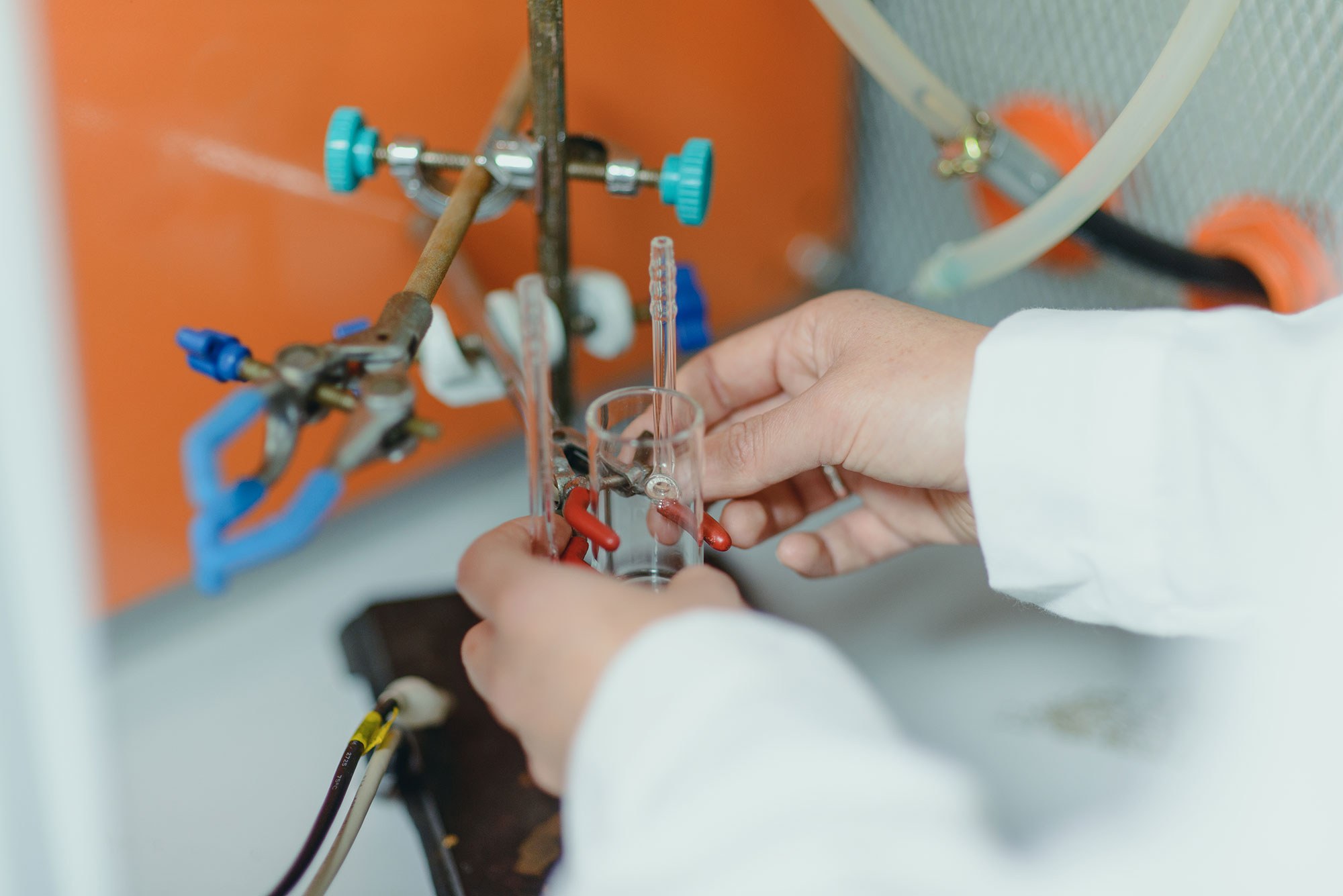Cruces, E., Barrios, A. C., Cahue, Y. P., Januszewski, B., Sepulveda, P., Cubillos, V., & Perreault, F. (2023). Toxicity mechanisms of graphene oxide and cadmium in Microcystis aeruginosa: evaluation of photosynthetic and oxidative responses. Aquatic Toxicology, 106703. https://doi.org/10.1016/j.aquatox.2023.106703
Abstract: The potential ecotoxicological hazard of gaphene oxide (GO) is not fully clarified for photoautotrophic organisms, especially when the interactions of GO with other environmental toxicants are considered. The objective of the current study was to better understand the mechanisms of toxicity of GO in the cyanobacteria Microcystis aeruginosa, and to identify its interactions with cadmium (Cd). The individual and combined contribution of both pollutants in cyanobacteria were evaluated after 96 hours of exposure to GO and/or Cd, using photosynthetic pigments, photosynthetic parameters, cellular indicators of peroxidative damage, viability, and intracellular ROS formation as indicators of toxicity. Interactions between GO and Cd were evaluated using Toxic Units based on the EC50 of each parameter evaluated. The results of this study indicate that single concentrations ≥ 5 µg mL−1 of GO and ≥ 0.1 µg mL−1 of Cd induced a decrease in cell biomass and a change in the photosynthetic parameters associated with primary productivity in M. aeruginosa. In the combined experiments, higher GO ratios (≥ 9.1 µg mL−1) in terms of Toxic Units decreased photochemical processes and cellular metabolism, increased oxidative stress, and ultimately affected the size of M. aeruginosa. Finally, the relationship between GO concentration, Cd concentration, and the adsorption capacity of GO with respect to the co-pollutant must be taken into account when assessing the environmental risk of GO in aquatic environments.
Pamela Sepúlveda
pamela.sepulveda@umayor.cl


